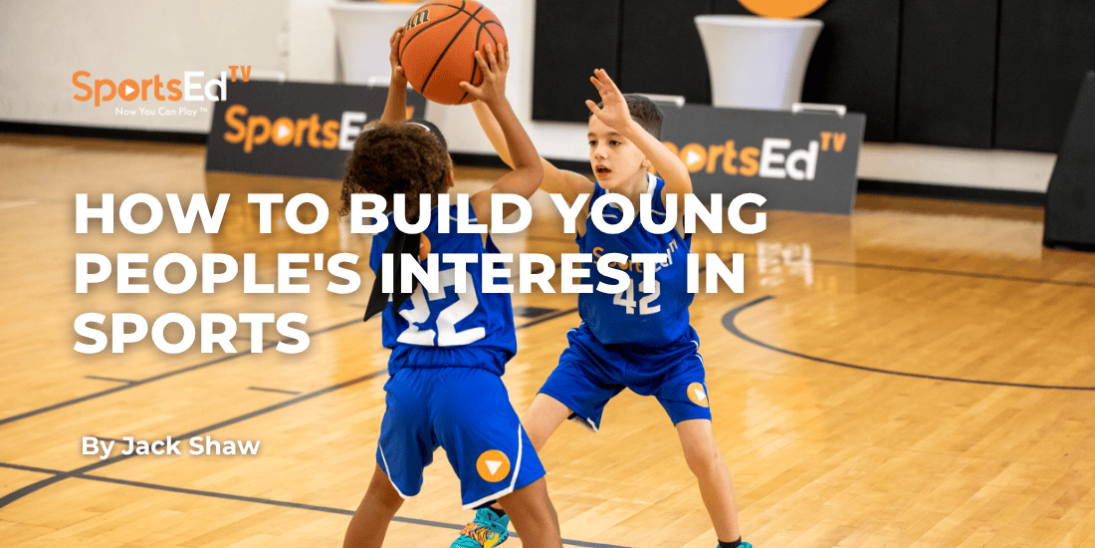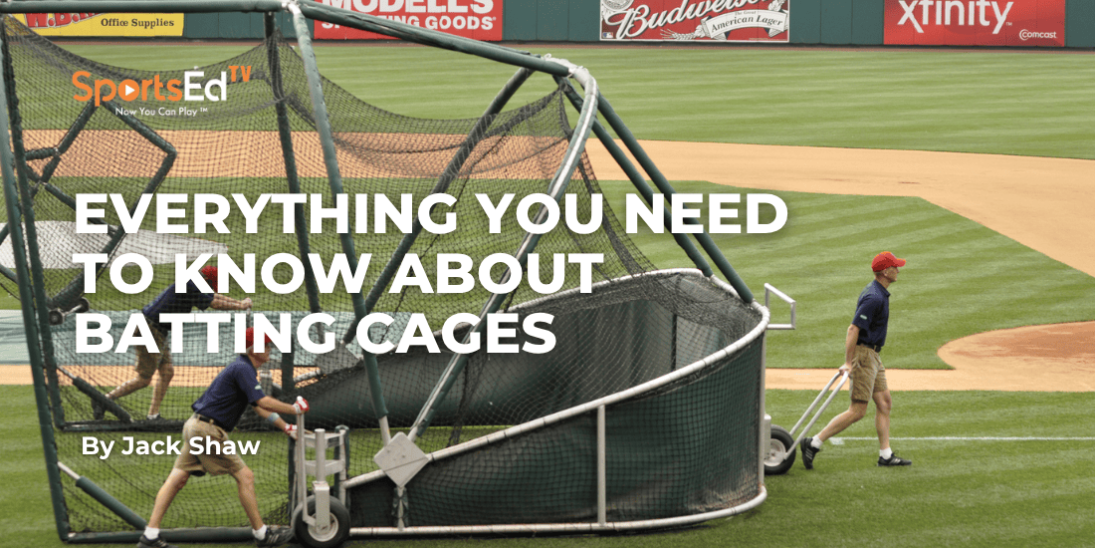Basketball
Welcome and thanks for visiting...

Indoor vs. Outdoor Basketball: What’s the Difference?
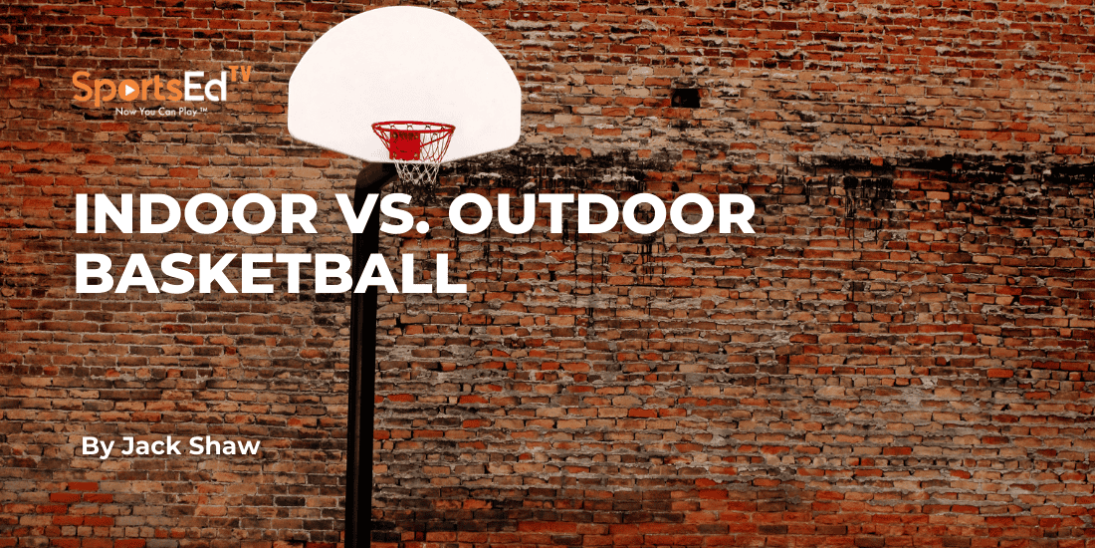
The primary objective of basketball is to put the ball in the hoop — that doesn’t change based on the court’s surface. However, the dynamics of indoor and outdoor games significantly differ. What contrasts should players and coaches understand? Here are 10 distinctions between playing basketball inside and outside.
1. The Weather
Indoor basketball games benefit from climate-controlled facilities that are free of weather concerns. When you’re inside a building, you can play anytime without checking the forecast. Extreme weather may delay transportation to the court, but it is less likely to affect the match.
Conversely, outdoor basketball athletes could encounter rain and snow when they play. Even when it’s sunny, the team must consider the wind affecting their shots and the sun in their eyes. Weather conditions can also dirty shoes and other equipment due to mud, grass, and sand.
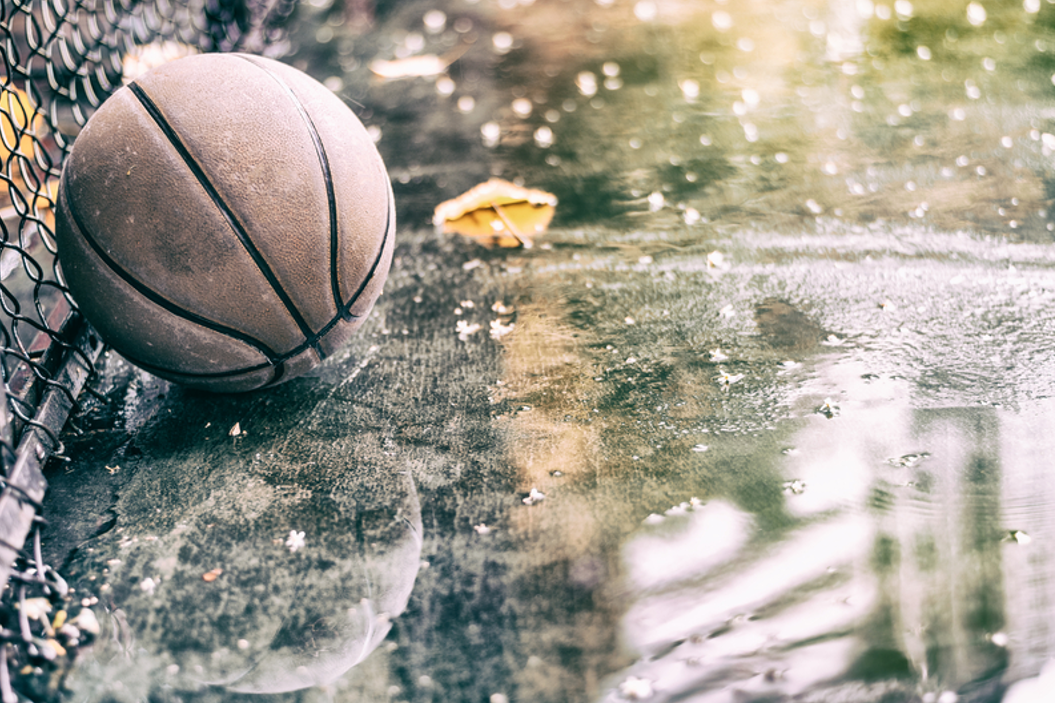
2. Player Stamina
If you play outside, you may discover yourself tiring more quickly. Summer outdoor basketball can be challenging because your body works harder to cool you down. Athletes could find their cardio just as tricky in the winter, as it takes effort and energy to warm their bodies.
Due to the climate-controlled environment, indoor hoops have a more predictable effect on an athlete’s stamina. However, the faster-paced play may make fatigue set in sooner. Regardless, your team should hydrate to compensate for sweating during the game.
3. Basketball Composition
Indoor and outdoor basketballs may look similar, but their composition makes each sport distinct. When you play inside, the roundball typically feels softer, thanks to full-grain leather. This equipment is more natural and makes dribbling lessons easier for your athletes. Improved grip usually leads to fewer turnovers on the offensive side.
Outdoor basketball needs stiffer materials like composite leather because of the harder playing surface. While the equipment is durable, it can compromise grip and make handling more challenging. Your athletes shouldn’t use an indoor basketball on an outdoor surface because it will wear faster.
4. Court Surface
Most indoor courts have a polished hardwood surface emphasizing fluid play and athlete safety. From high school leagues to the NBA, you’ll likely find hard maple because of its durability and aesthetics. Basketballs have a more consistent bounce on the ground, making gameplay easier for your team.
Outdoor courts vary in composition, as teams may play on concrete, asphalt or rubber. Asphalt is often preferred, as it withstands regular wear and extreme weather more than other materials. Rubber courts are great for shock absorption, but may require more regular maintenance to keep up with outdoor conditions.
5. Positional Differences
Basketball doesn’t fundamentally change based on the playing surfaces, though you may see subtle differences. Indoor games will see the typical match with five players sticking to assigned roles based on their positions. Teams are less likely to gain an advantage based on the court or conditions.
Outdoor play can make the game more challenging, especially for the perimeter players. Point guards rely on their handling, which can become less reliable on outdoor courts and require added creativity. Outside shooters may struggle due to the wind, thus giving an advantage to rebounders and inside scorers.
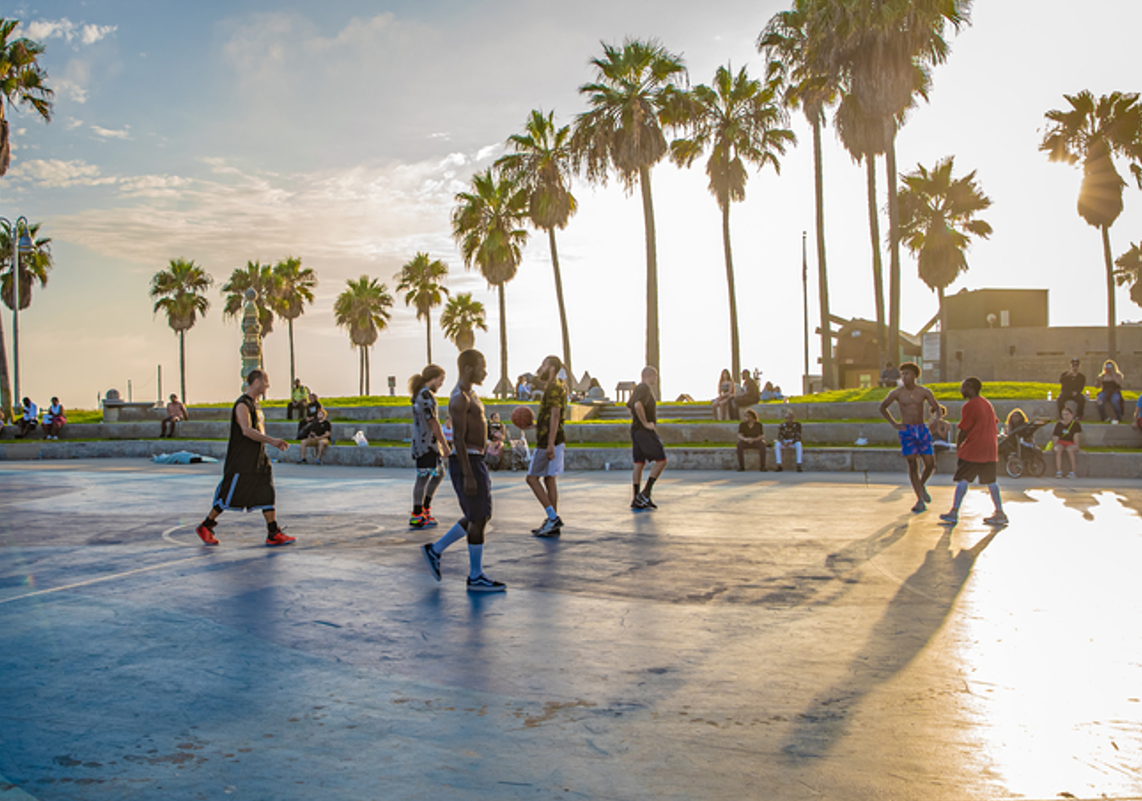
6. Depth Perception
When you coach players on shooting the basketball, they get into a routine with their motion and power. Free throws and jump shots are easy to come by indoors because athletes are used to the court layout, rim, and net. However, going outside makes shooting more difficult due to altered depth perception.
Outdoor basketball lacks background consistency. The scenery could contain trees or buildings that distract your brain and complicate shooting. Instead of focusing on the ball’s trajectory, you look at branches or windows. Therefore, three-point shots are at a premium in outside hoops.
7. Lighting
Lighting is another visual impairment that outdoor basketball may include. Parks and other outside facilities rely on natural lighting from the sun until it gets dark. Then, your athletes must have artificial lighting that covers the entire court. While daylight makes the games easier, players also encounter shadows that may block vision.
Indoor basketball has better lighting without the liabilities of shadows or sun glares. Your players should be able to see the surface clearly and not worry about missing any elements. Athletes benefit from being inside because of the strong LED lighting and consistent brightness from goal to goal.
8. Game Dynamics
The dynamics of a basketball game depend on the scheme, opponent, and team mentality. However, the court surface can influence your match and determine the pace. An outdoor game may be slower due to the dribbling speed and weather conditions. Therefore, the coach must emphasize manipulating the defense in more frequent half-court settings.
Indoor basketball includes the typical gameplay you’re used to, such as fastbreaks and three-point shooting. Minor factors like rebounding become predictable because athletes can easily determine how the ball bounces off the rim. Playing inside also leads to more familiar officiating and controlled physicality, which may differ in outdoor settings.
9. Court Markings
Indoor facilities benefit from routine maintenance, especially before the season starts. Therefore, athletes have more confidence when shooting free throws and three-pointers. The visibility also helps officials when judging whether a player stepped out of bounds or where they took a jump shot.
Outdoor basketball can be difficult for everybody involved due to faded or missing lines. Your favorite park or playground may have a reliable surface, but weather and wear can make the markings less visible. Leagues that play outside may have to spend additional time on upkeep to reduce confusion during games.
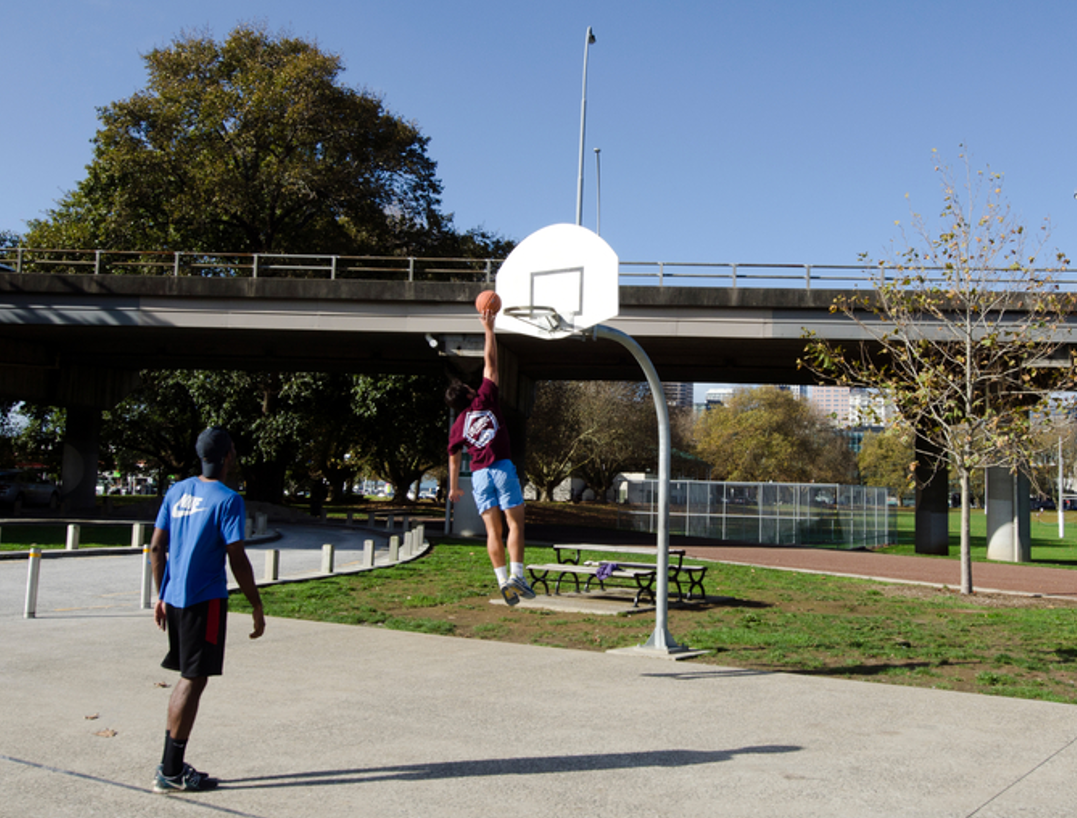
10. Goal Construction
Smaller details like goal construction become apparent when differentiating between the courts. Indoor basketball usually has a glass backboard suspended from the ceiling with an attached breakaway rim. Alternatively, the goal could attach to the wall or contain a hydraulic base.
Outdoor hoops face a different story due to weather conditions. You’re more likely to see a chain net that protects the structure from rain and snow, as nylon or polyester would wear quickly. The backboard may contain fiberglass or polyethylene to resist wear and weather conditions. Players must also watch out for double rims because they affect how the ball bounces in their jump shots.
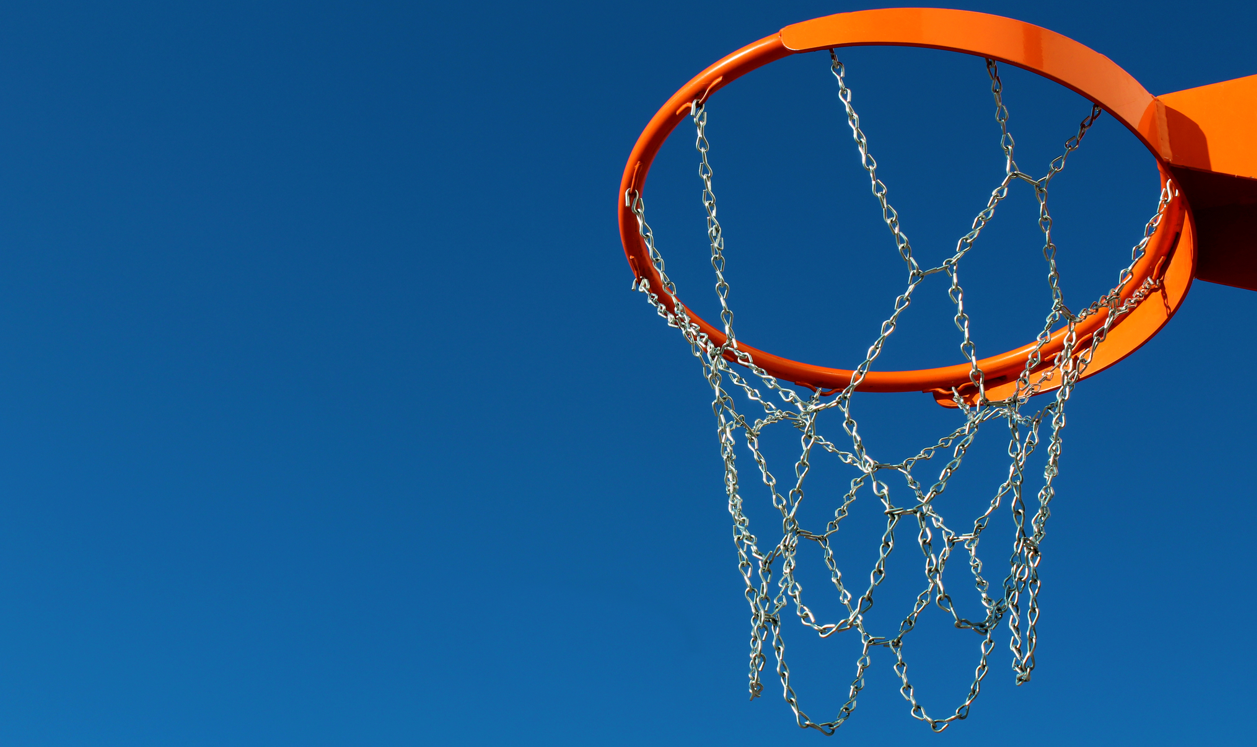
Indoor and Outdoor Basketball Distinctions
The cream rises to the top in basketball regardless of the playing surface. However, athletes and coaches must recognize the differences between indoor and outdoor play. Players typically compete inside, where the game is more fluid and familiar. Conversely, outside hoops provide challenges due to the weather and depth perception.





